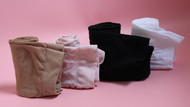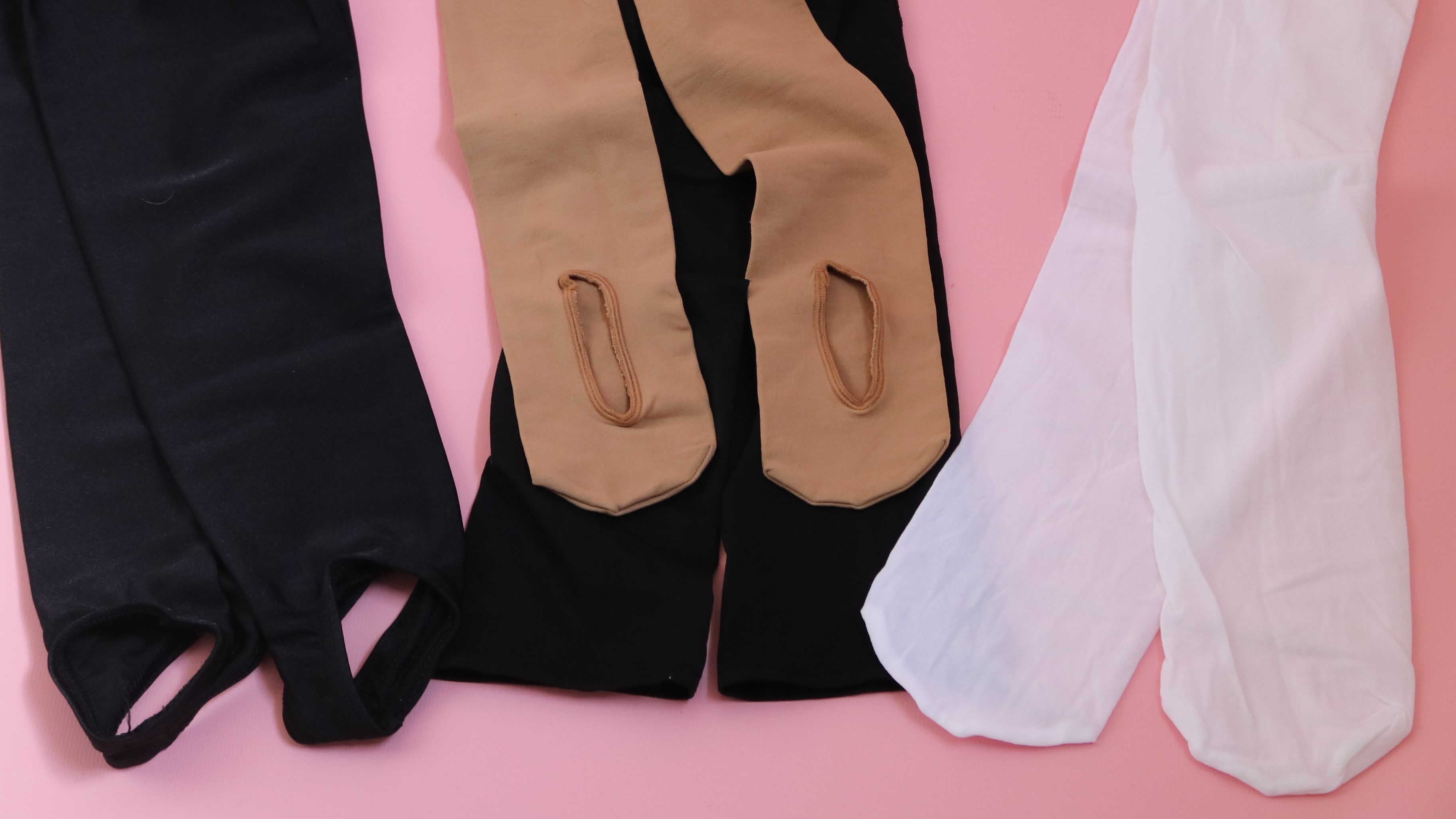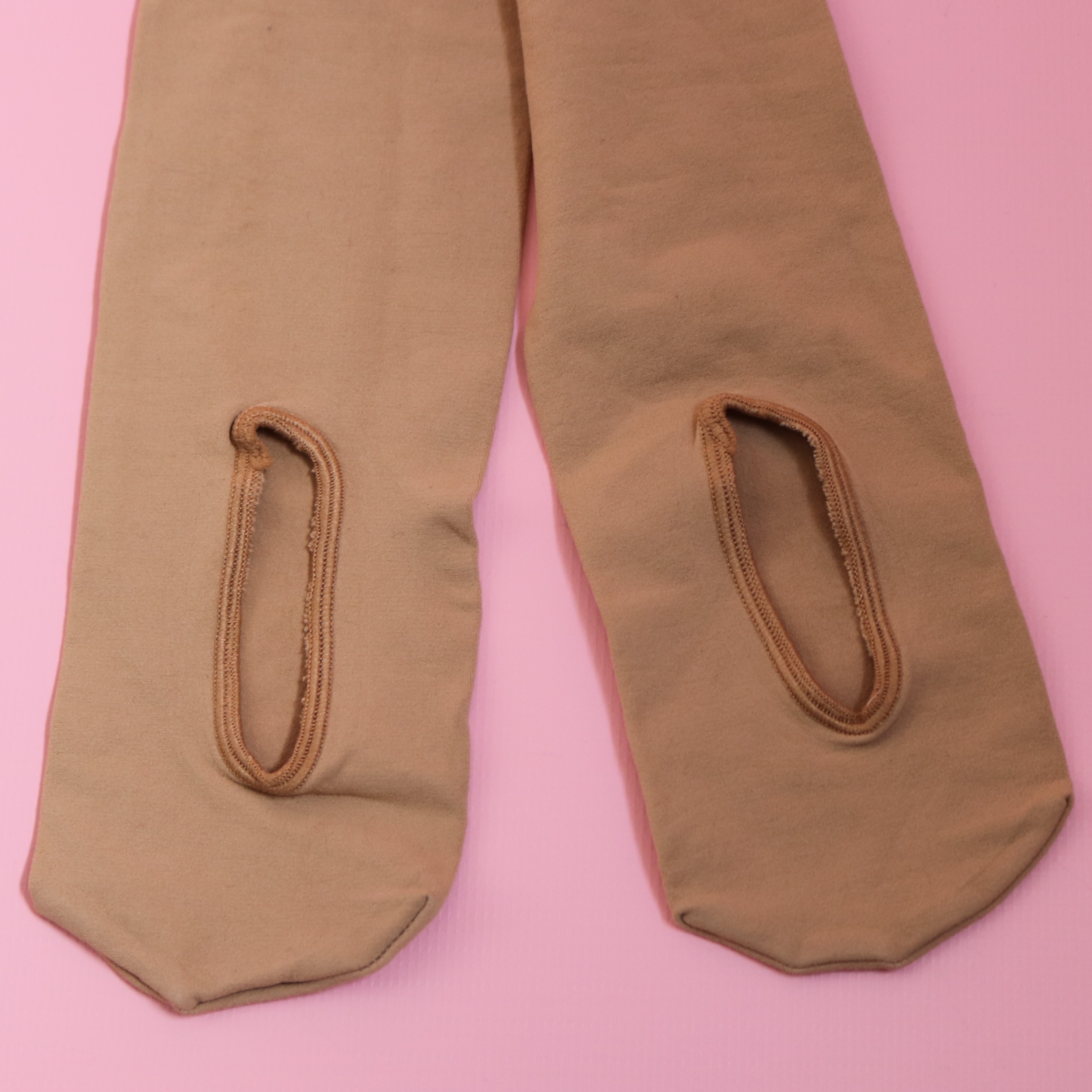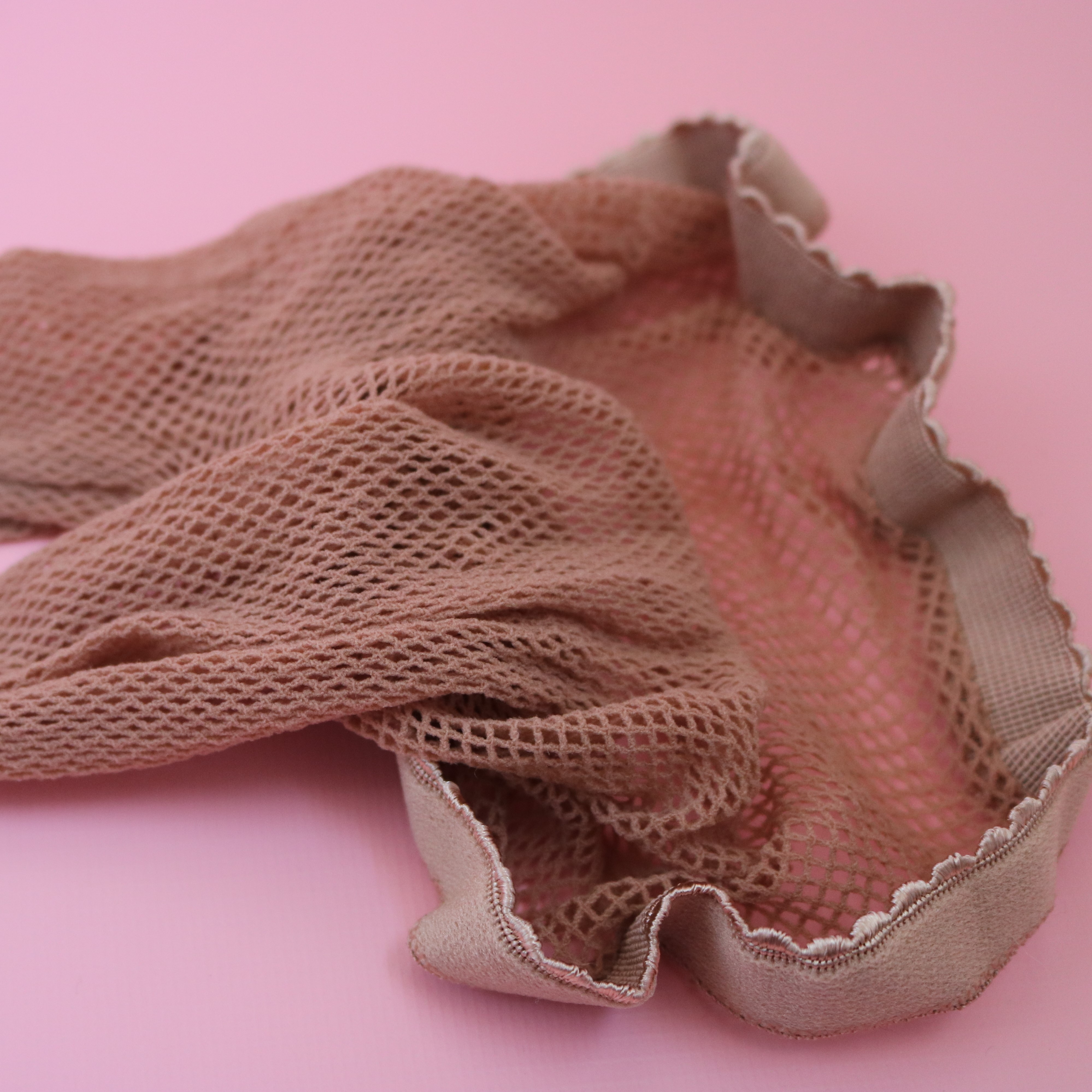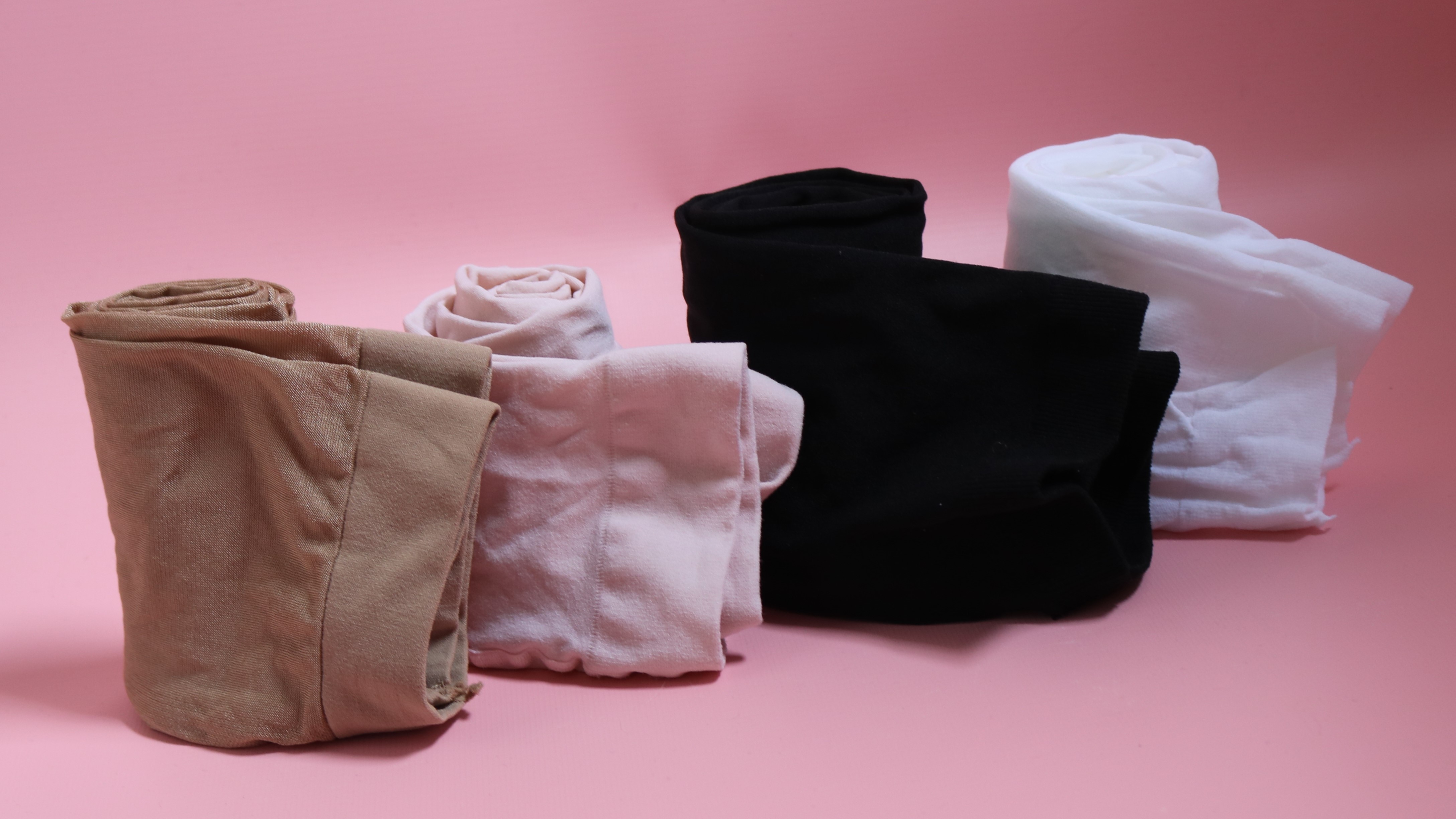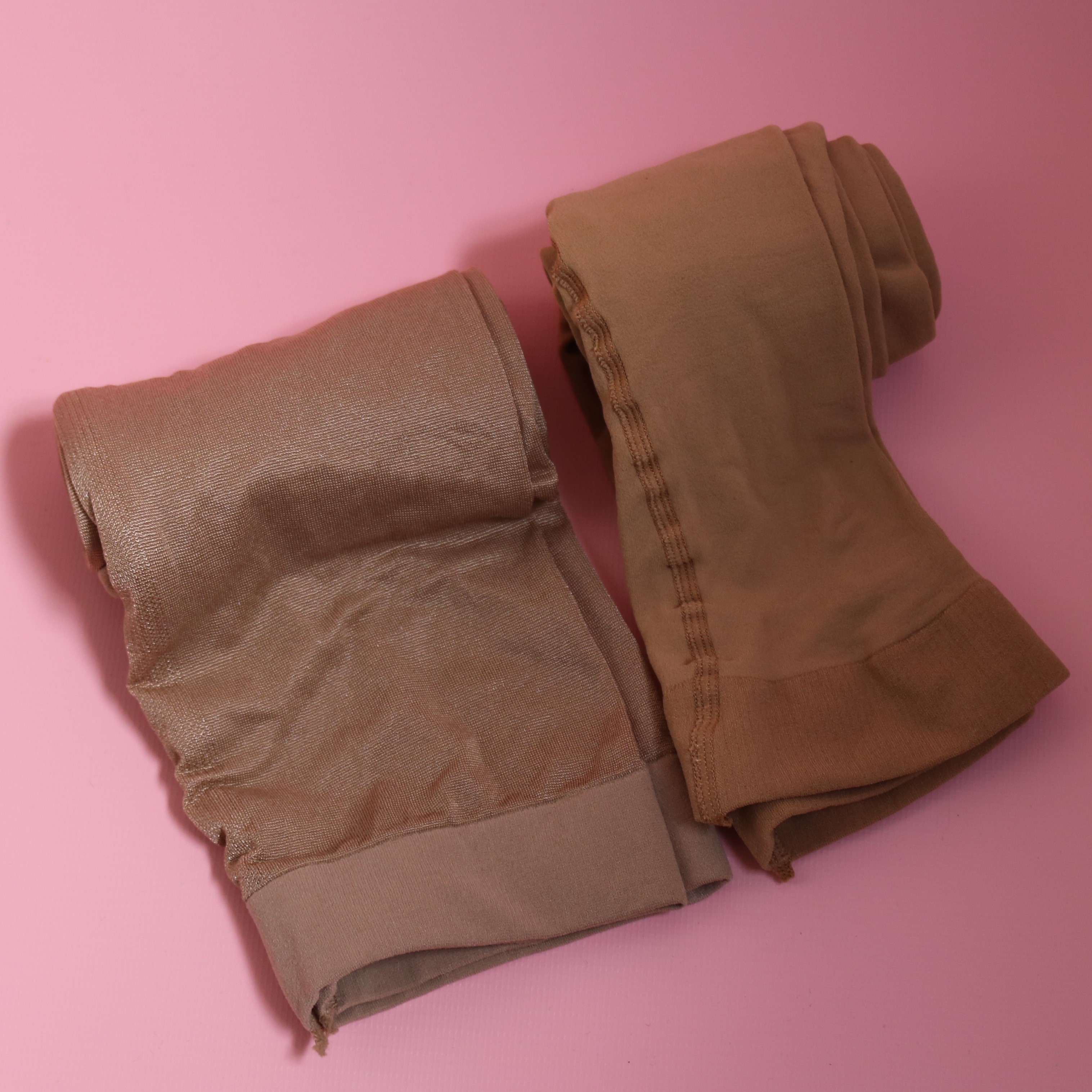A Guide To Dance / Ballet Tights
18th May 2021
As soon as any dancer starts dancing you soon realise that tights and the different types you get are especially important to every costume, class, and competition. This guide is to help you navigate the terms, types, and styles that you will come across.
Full Footed Tights
These tights are mostly self-explanatory, they are a pair of tights that have the foot in them. The tights go over the toes and heels and give complete protection to the dancer. These tights are most commonly worn for Ballet, Character, National and Tap classes.
Footless Tights
These tights are what a lot of people would refer to as leggings and due to the opaqueness of some footless tights you would not be mistaken to think of them as leggings and not tights. The footless tight usually stops at the ankle and leaves the whole foot exposed. Footless tights are usually worn for Lyrical or Jazz class where the student does not want anything on their feet.
Stirrup Tights
Stirrup tights are a lot like footless tights except that they have a ‘stirrup’ that goes over the arch of the foot and wraps around under the sole like a loop. The stirrup is useful as it can be worn over or under your dance shoes. Many tap dancers like them as they can be worn over the shoe giving the shoe and tights a seamless continues look. They can also be worn with foot thongs making it easier to perform turns and pirouettes.
Convertible / Transitional Tights
Convertible or Transitional tights are tights with a small opening under the feet. These are one of the most popular choice when it comes to tights for the busy dancer. The small hole under the foot means they can be quickly converted from full foot tights to footless tights and then back again. Great for class changes and when you want to switch between bare foot work and shoes. The small hole is stretchy enough to let your foot through but remains tight on your ankle.
Fishnet Tights
Fishnet tights are usual worn for shows or competitions. Ideal for tap and musical theatre these criss-cross design tights give a glamorous look especially when worn with heels.
What Colour Dance Tights?
Now that you have chosen the style of tights you need, next it's time to decide the colour.
Pink
Pink tights are a staple must for any dancer especially for ballet. Ballet tights usually come in what is known as ‘theatrical pink’, although some manufacturers may call them something else.
White
White tights are used by a lot of dance schools as a replacement to pink tights for ballet. They are also popular for performances and competitions to give a troupe a uniform look.
Black
Black tights are a fabulous versatile colour as they go with everything and do not show the dirt as much as pink or white. They are a great colour to wear when there is no set uniform requirement as they are durable and hard wearing.
Tan And Other Skin Colours
Tan coloured tights (shimmer) are great under harsh stage lightening and give the legs a fantastic look. They are now available in a number of different skin colours e.g. Suntan, Java, Maple as well as the more traditional shades of Tan, Toast, Light Toast and Sand.
Other Terms
Male Tights
A lot of male dancers get told that tights are unisex. However, this is not the case for dance tights. Female dancers wear their tights under the leotard, so transparency isn’t an issue for them. Some women’s tights also have a gusset which would be visible on a male dancer.
Opaque
This simply means not letting the light through and in dance tights terms it means that you cannot see skin through the legs.
Matte / Gloss
This refers to the look of the tights. Gloss tights, also referred to as shimmer, have a shiny surface whereas matte tights have a flat finish with no shine to them.
Denier
This term refers to the thickness of the tights. Most dance tights are 60 to 70 denier or even thicker. This is because they are needed to be more durable to withstand hours of use. They are also more opaque to give a uniform look to the dancer's legs when performing on the stage.
Seamed
This refers to a line that goes up the back of the dancer’s leg. Usually used in ballet to give the leg a better line and helps to see the dancer's turn-out.
